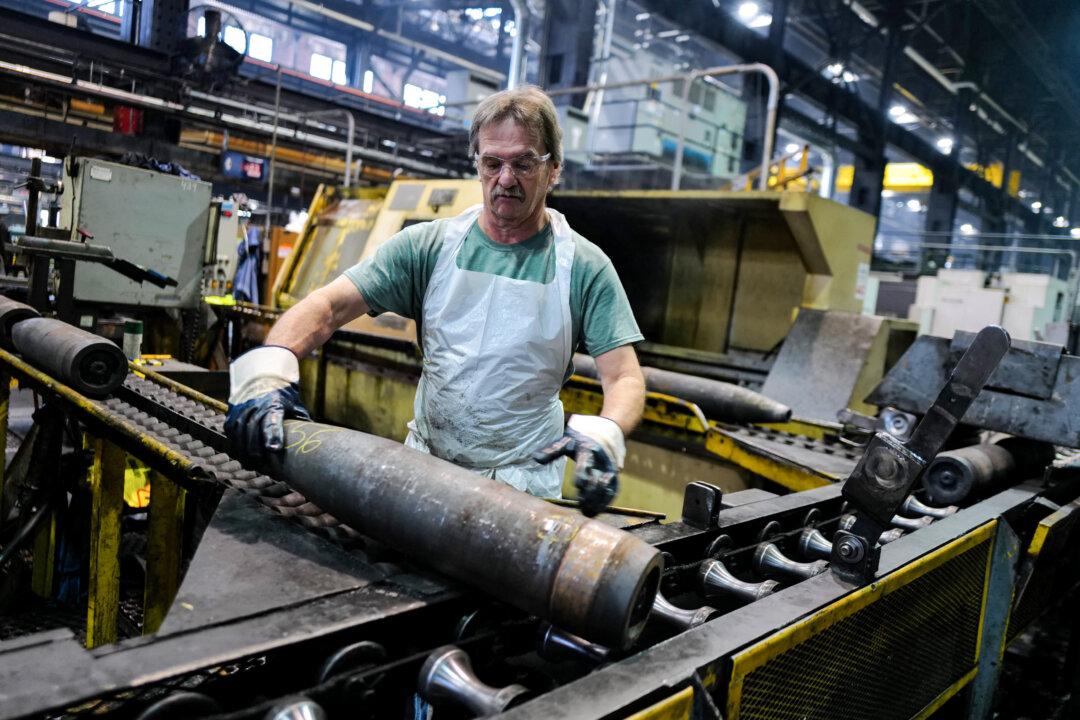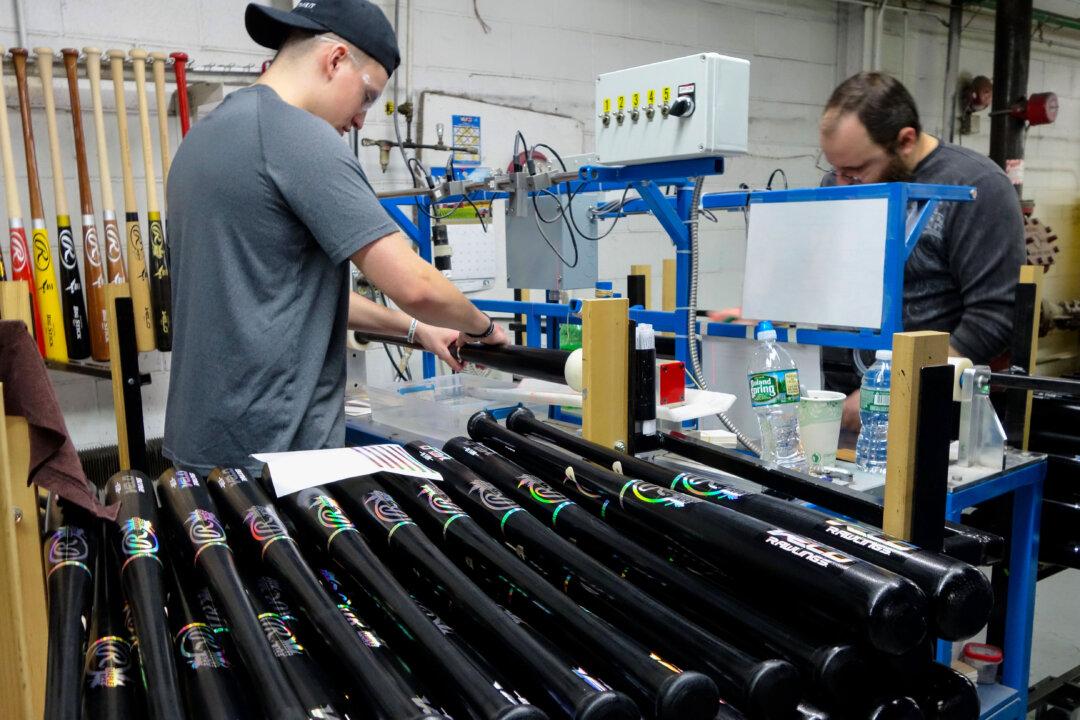The U.S. economy added a less-than-robust 142,000 jobs in August, according to a report that also highlighted concerns over manufacturing. That sector shed 24,000 jobs last month. And beyond the loss of positions, manufacturers are having trouble finding people with the skills to fill the jobs needed to transition to “manufacturing 4.0.”
“There’s a lot of buzzwords out there, and right now, it’s manufacturing or industry 4.0, known as the fourth industrial revolution. It’s more about connectivity, analytics, and advanced manufacturing like 3D printing,” said Steve Plumb, a manufacturing industry expert who has spent most of his career in the automotive industry and is now the editor-in-chief for media at the Society for Manufacturing Engineers.





